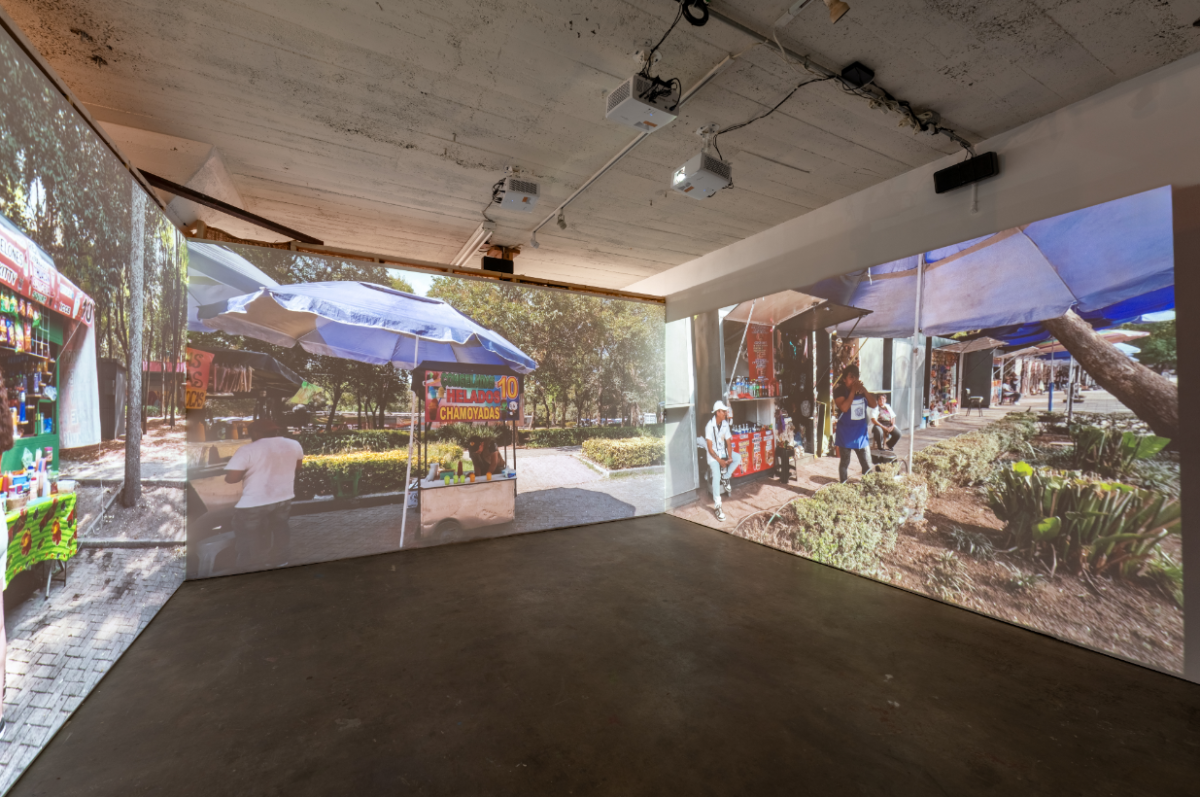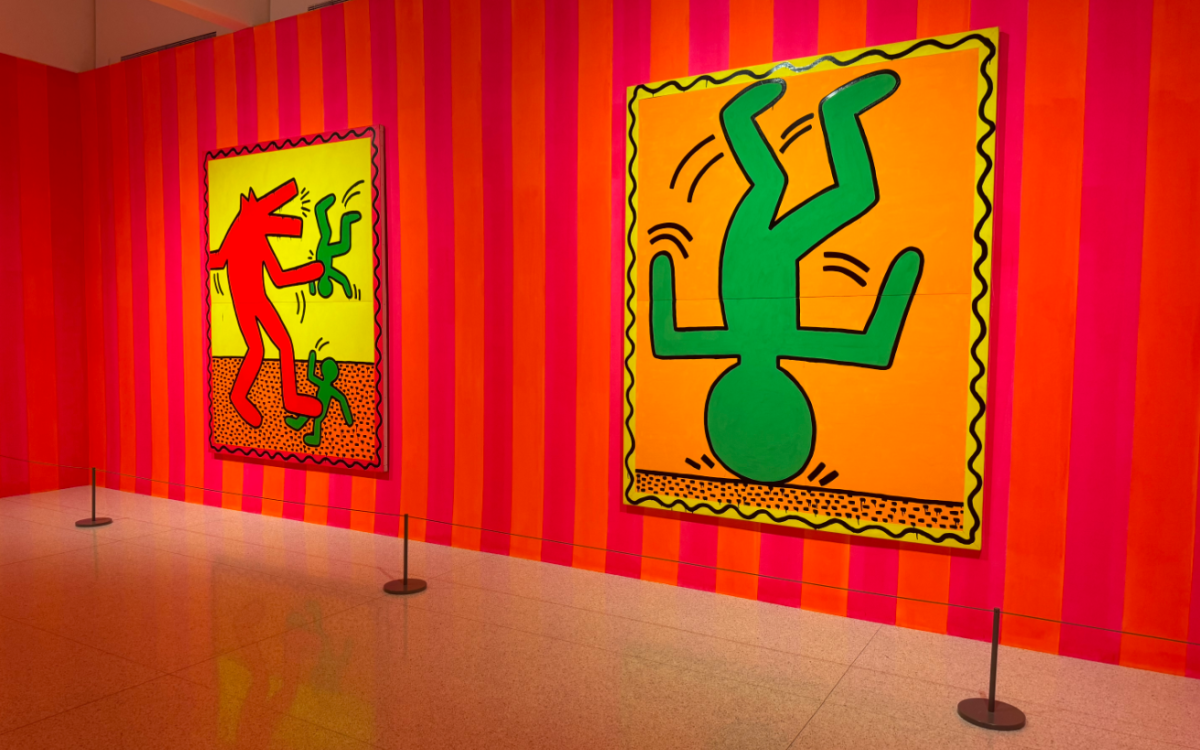After constantly pressuring their students to grow in their artwork, the faculty of the art department finally get the opportunity to do so themselves.
WHEN: Tuesday through Sunday, 11 a.m. to 7 p.m., reception Sept. 14, 6 p.m. to 8:30 p.m.
WHERE: The Katherine E. Nash Gallery, West Bank, 405 21st Ave. S., Minneapolis
TICKETS: Free. See www.nash.umn.edu.
In a faculty art show this year, the art department faculty strives to go out of their “comfort zone,” the name of the show, to try something that they haven’t touched since art school.
Sculptors work in two dimensions, painters work digitally, and digital artists work with their hands.
Faculty member Wayne Potratz, a sculptor, is credited for the concept of the show. Usually, he’s a metal castor and does all of his own work.
For this show, Potratz worked with fabric, and collaboratively, another departure for the usually solo artist. The concept was his, but it was executed by those around him. A focal point of his piece, in the center of the gallery window, is a dress with a larger-than-life price tag and a repeated image of an old man. Along the wall are 10 pieces of textual works, what Potratz calls 10 admonitions for an artist’s halfway house.
Potratz liked working in this new way, and thinks he might even continue with it.
He initially proposed the idea for this show at a faculty-staff meeting. He said he had interesting reactions from the staff to the idea. Every artist interpreted the idea for the show in a slightly different way, he said.
“That’s how artists work anyway,” he said. He didn’t want to tell the other artists how to work, but instead let them make their own interpretations.
Faculty shows tend to be the same old exhibitions year after year, he said. This idea was a way to shake everything, and everybody, up.
Karl Bethke usually works with printmaking and screen prints. This time, he tackled sculpture, making homage to the old art building, which was deserted after problems with asbestos, rodents and accessibility.
In his piece, he used materials from the original building, including bricks and keys. The sculpture, he admitted, was a little more work than he intended.
“I bit off a bit too much,” he said, gesturing at the house-like sculpture, with working parts and cutout windows. He spent around two months working on it, along with the help of friends.
Sculptor Tom Laine took the opportunity to display his photographic talents to his fellow faculty members and students. He just happened to take pictures of the Interstate 35W bridge in February 2006. He said he found it to be an interesting piece of industrial beauty.
At the time, he was still experimenting with his digital camera. He filed the pictures and continued with his life of sculpting and teaching.
After the collapse of the bridge, he was able to capture an image of the fallen structure which is both beautiful and incredibly sad. The arches of the 10th Avenue bridge frame the wreckage, as if they are two eyes gazing at the structure, Laine said.
Laine also incorporated some of his usual background into his group of artwork. Using the original picture he captured back in 2006, he wrapped a vase in the image, drawing the viewer in and forcing them to experience it from every angle. In the vase, he put 13 flowers for the 13 victims of the collapse.
This is the first time the gallery has hosted a faculty show since the building opened in 2003, said Nick Shank, director of the gallery.
Originally, the gallery was designed to exhibit shows that reflect the research interests of the faculty of the University.
He said shows like this are used to show the public and students what the faculty is up to.
“It’s a great part of any visual arts program,” he said.
















